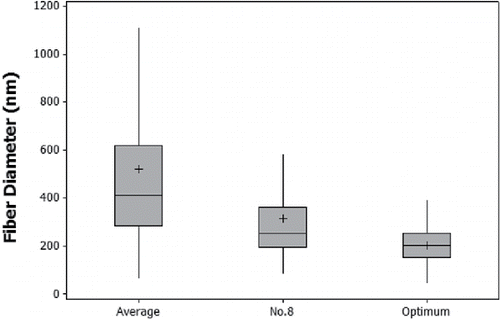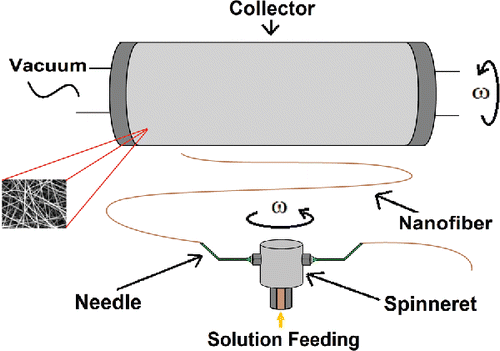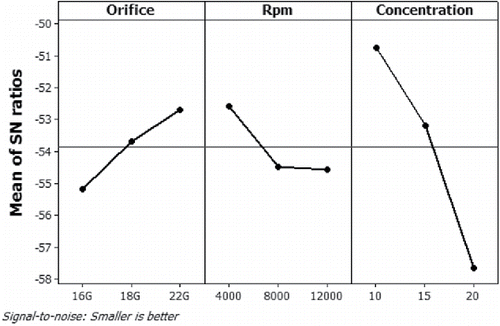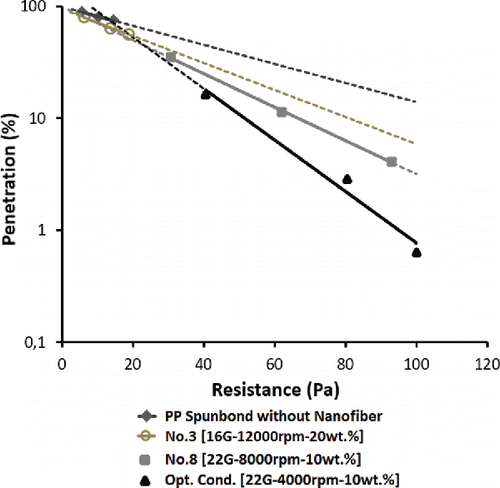Figures & data
Table 1. Design of experiment.
Figure 2. SEM images and diameter distribution of the samples produced with 16G needles. (a) sample 1 (4000 rpm and 10 wt%), (b) sample 2 (8000 rpm and 15 wt%), and (c) sample 3 (12,000 rpm and 20 wt%).
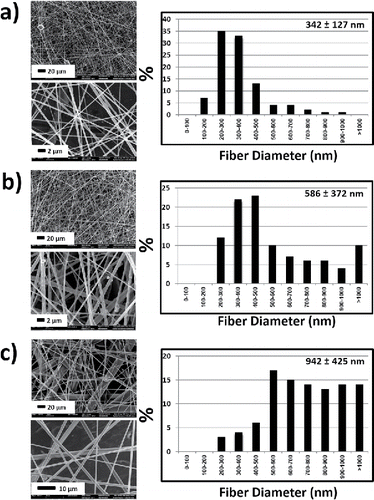
Figure 3. SEM images and diameter distribution of the samples produced with 18G needles. (a) sample 4 (4000 rpm and 15 wt%), (b) sample 5 (8000 rpm and 20 wt%), and (c) sample 6 (12,000 rpm and 10 wt%).
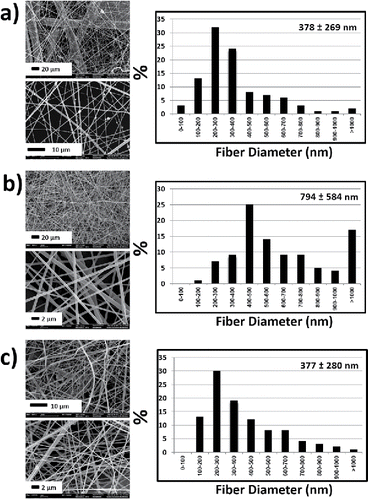
Figure 4. SEM images and diameter distribution of the samples produced with 22G needles. (a) sample 7 (4000 rpm and 20 wt%), (b) sample 8 (8000 rpm and 10 wt %), and (c) sample 9 (12,000 rpm and 15 wt%).
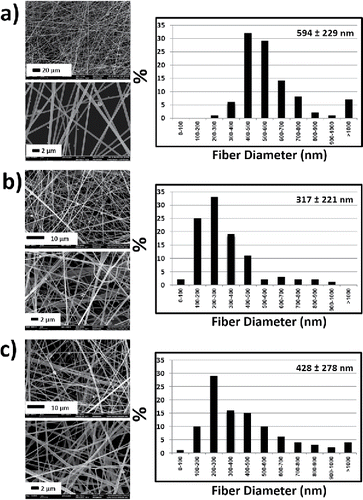
Table 2. S/N ratios of design factors: smaller is better.
Figure 5. Average fiber diameters corresponding to the experiments. The boundaries in box plot represent the upper (75th %) and lower (25th %) quartiles. The line represents the median and the plus sign also represents the mean value of fiber diameters.
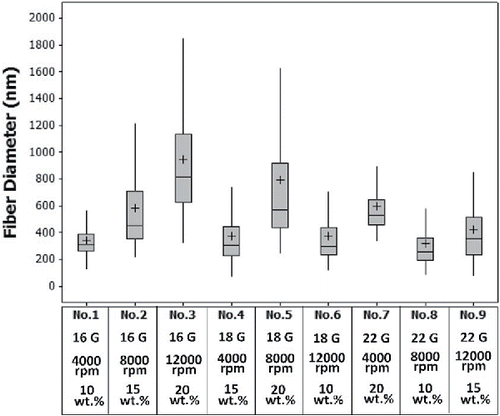
Table 3. Analysis of variance for means.
Figure 7. Effect of different C-spin parameters on the average fiber diameters. (a) Orifice diameter and rotational speed, (b) orifice diameter and solution concentration, and (c) rotational speed and solution concentration. The 3rd process parameters which do not appear in graphs have also an effect on diameters.

Figure 8. SEM images and fiber diameter distributions of the optimum condition (22G, 4000 rpm, 10 wt%), respectively.
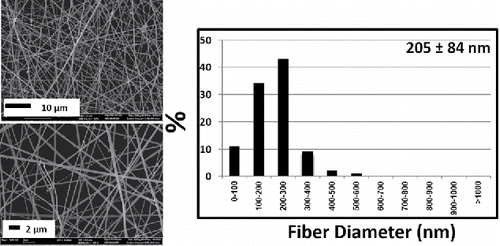
Figure 9. Average fiber diameters corresponding to all the 9 experiments, sample 8, and the experiment at the optimum condition, respectively. The boundaries in box plot represent the upper (75th%) and lower (25th%) quartiles. The line and plus sign represents median and represent the mean value of fiber diameters, respectively.
